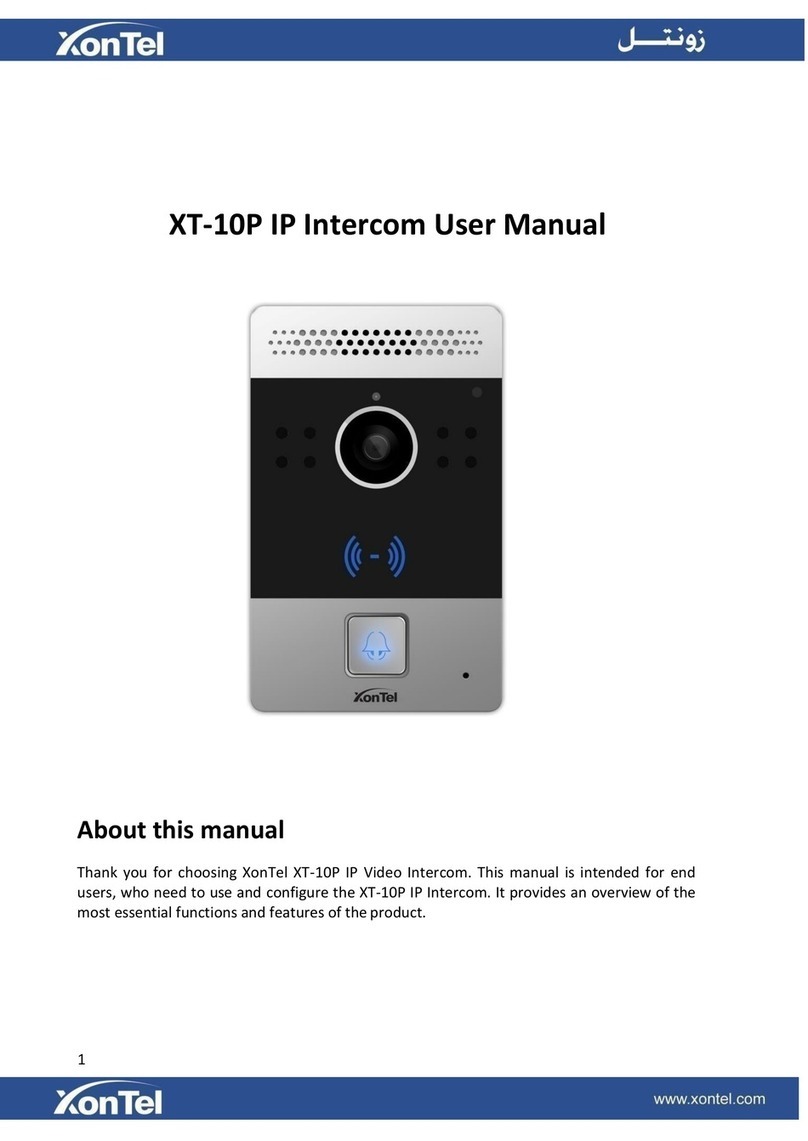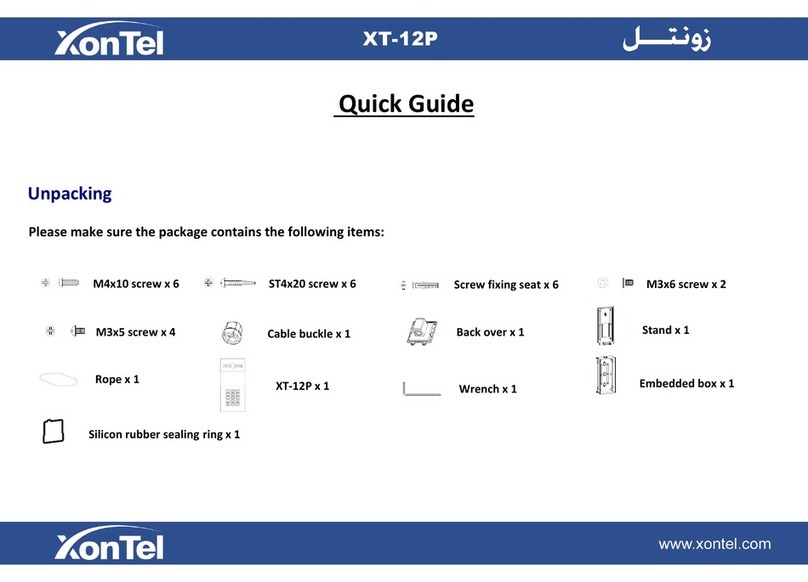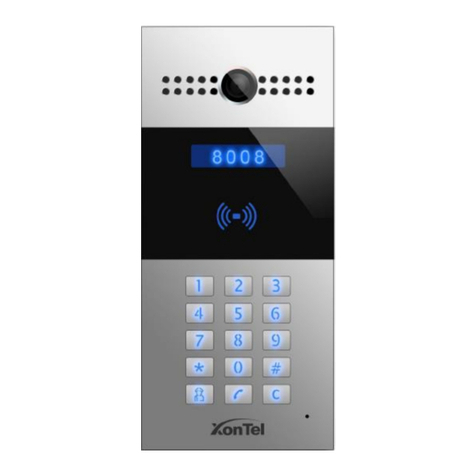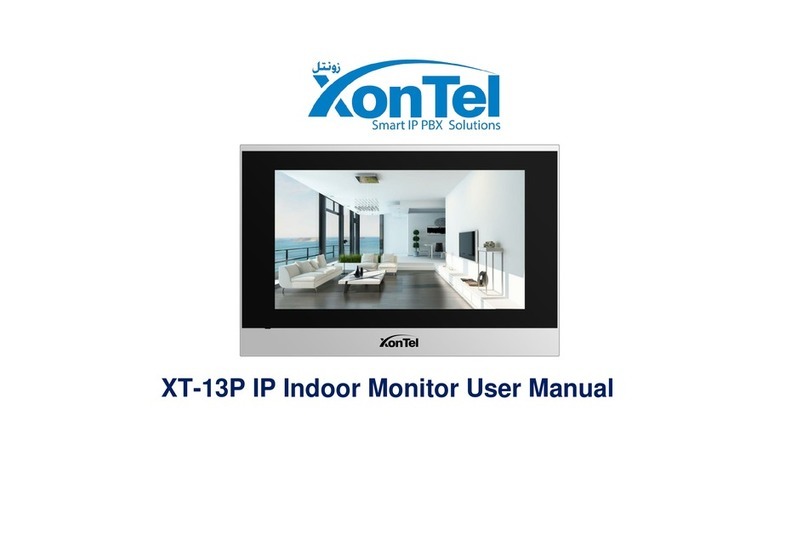4.2.1. Call Time Related ........................................................................................................................................................38
4.2.2. SIP Call Related ..........................................................................................................................................................38
4.2.3. Codec..........................................................................................................................................................................39
4.2.4. DTMF...........................................................................................................................................................................41
4.2.5. Encryption....................................................................................................................................................................42
4.2.6. NAT...................................................................................................................................................................................................42
4.2.7. User Agent...................................................................................................................................................................42
4.3. Access Control......................................................................................................................................................................43
4.3.1. Web Relay...................................................................................................................................................................43
4.4. Security.................................................................................................................................................................................44
4.4.1. Motion..........................................................................................................................................................................44
4.4.2. Action...........................................................................................................................................................................45
4.5. Upgrade................................................................................................................................................................................48
4.5.1. Web Upgrade...............................................................................................................................................................48
4.5.2. Autop Upgrade.............................................................................................................................................................48
4.5.3. Backup Config File.......................................................................................................................................................49

































